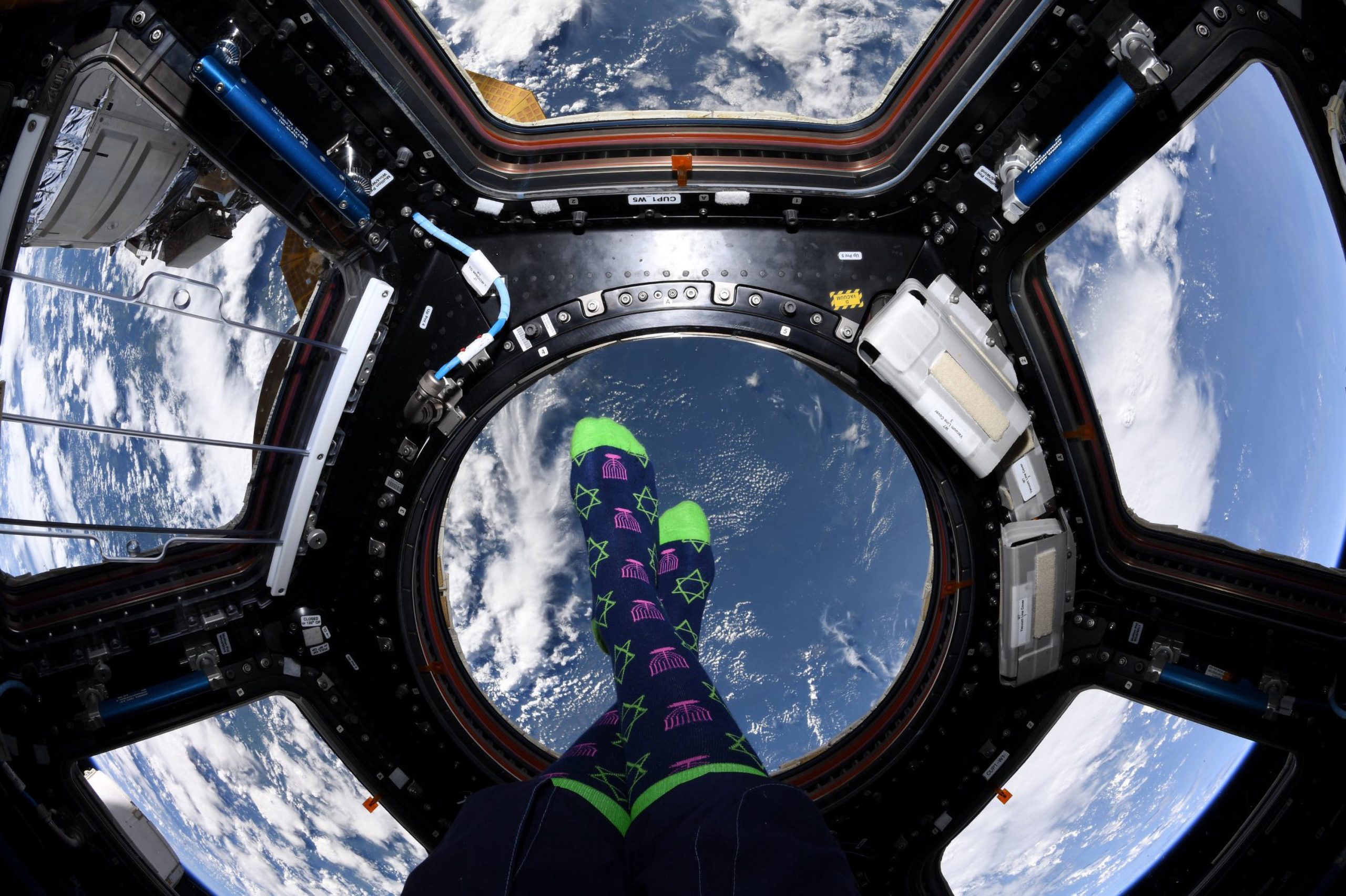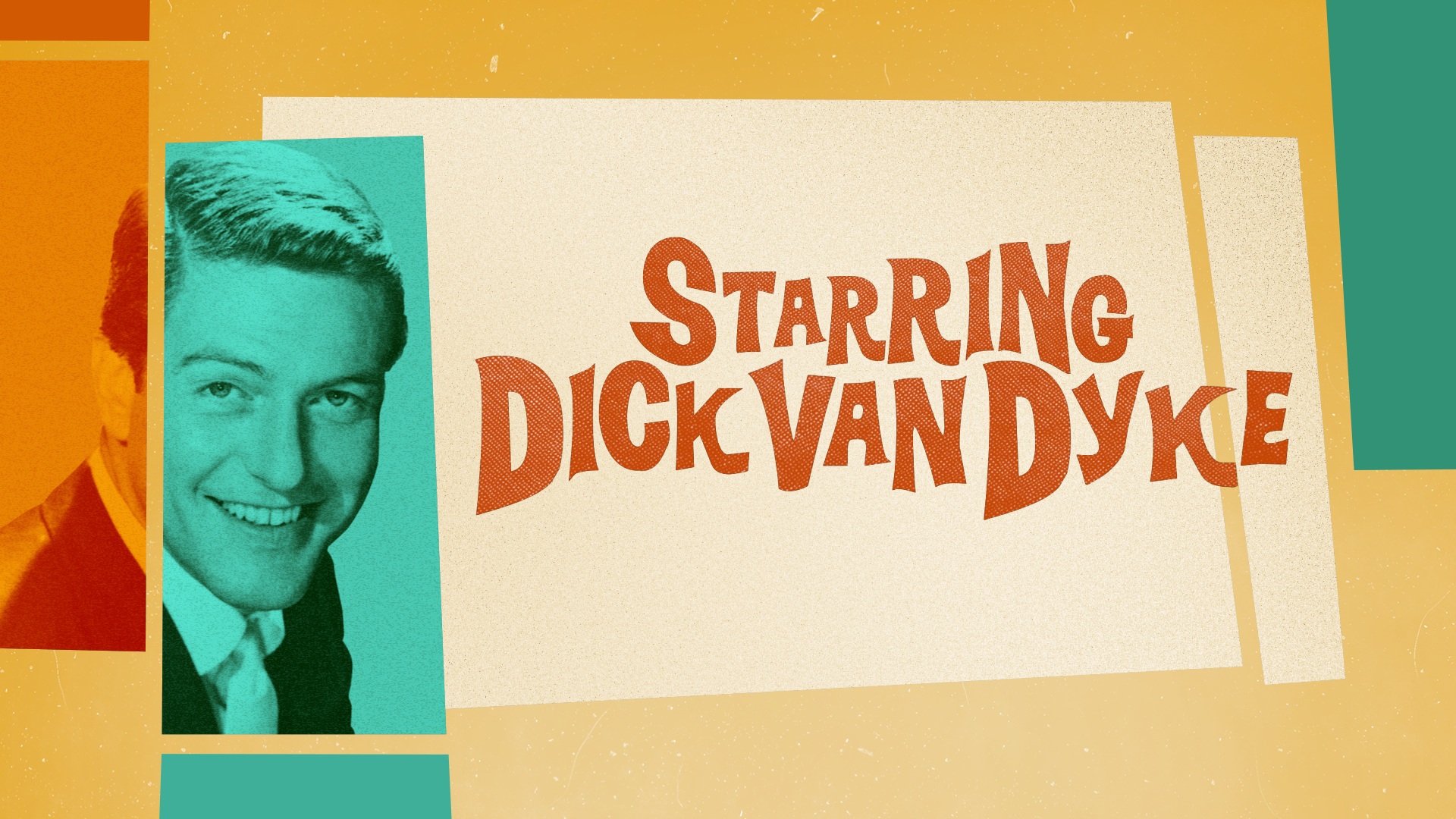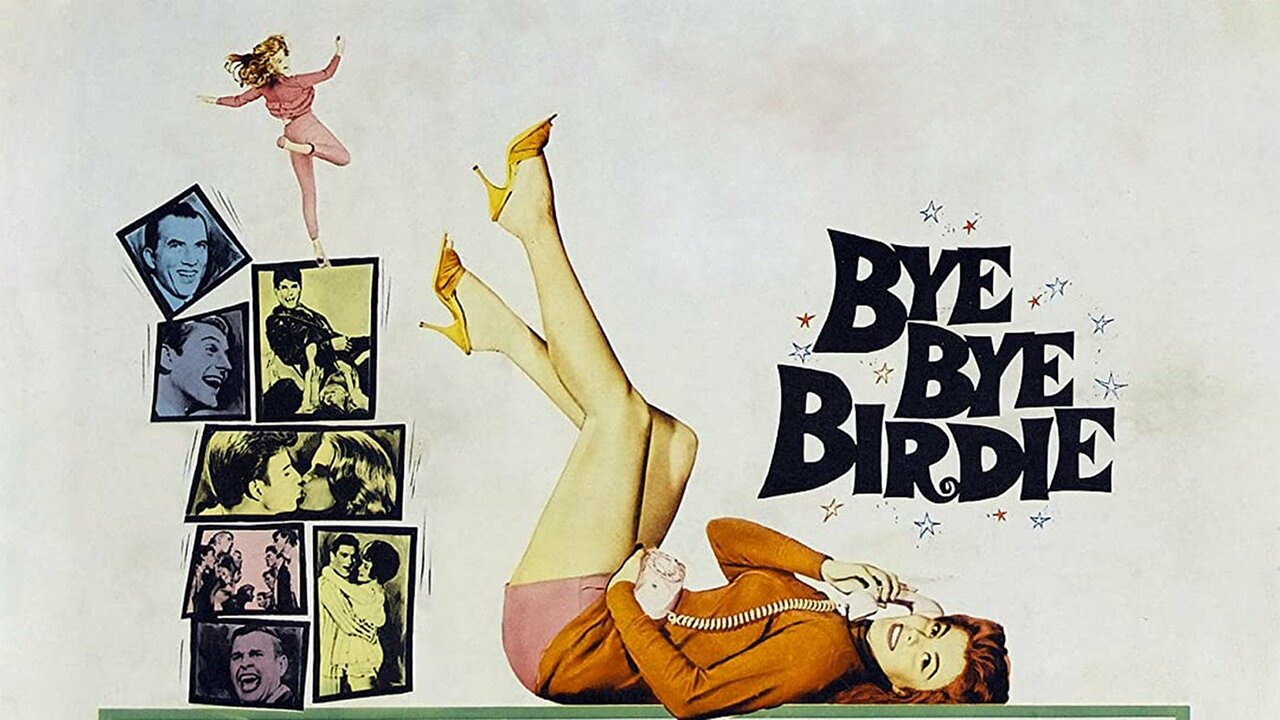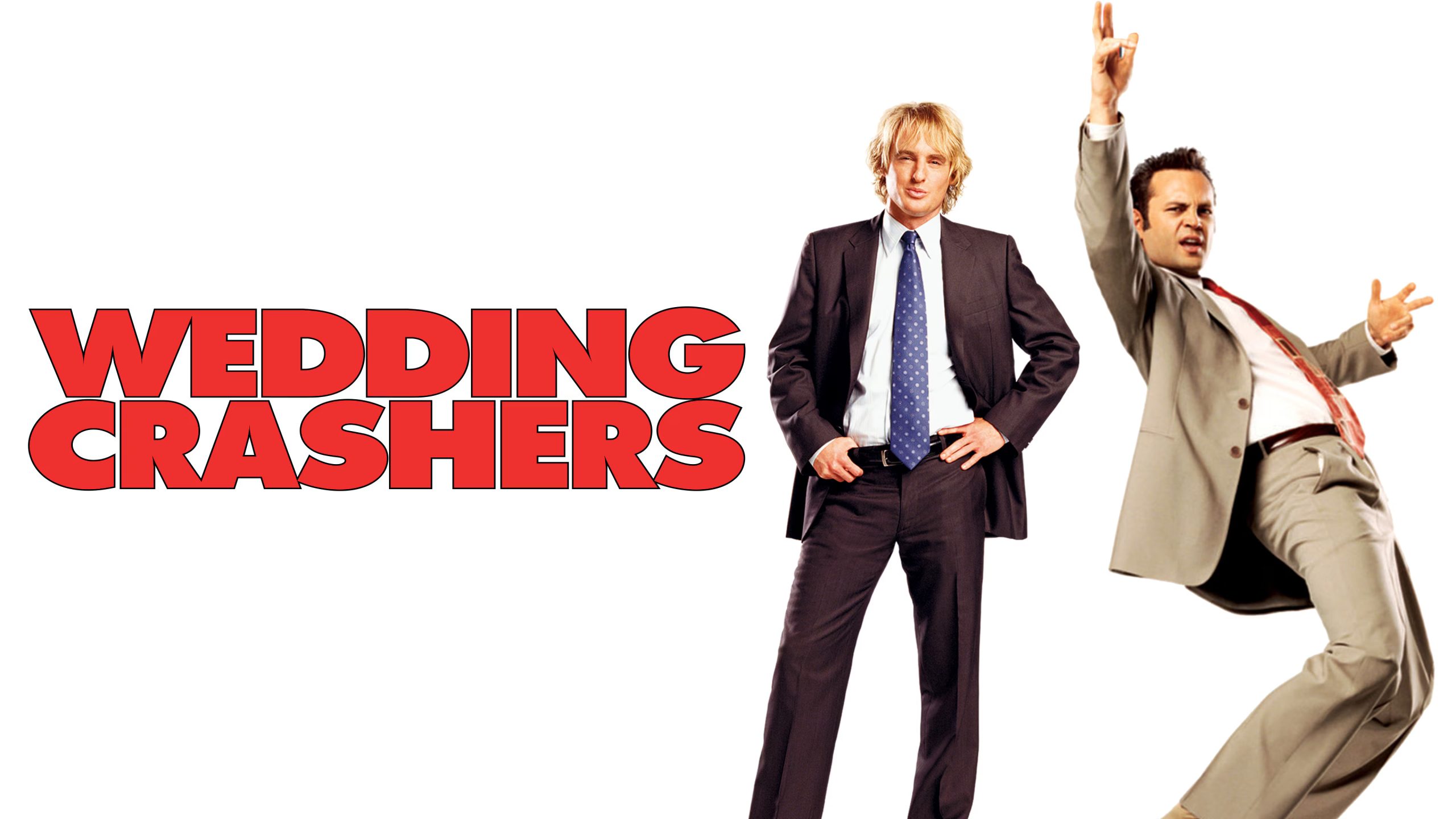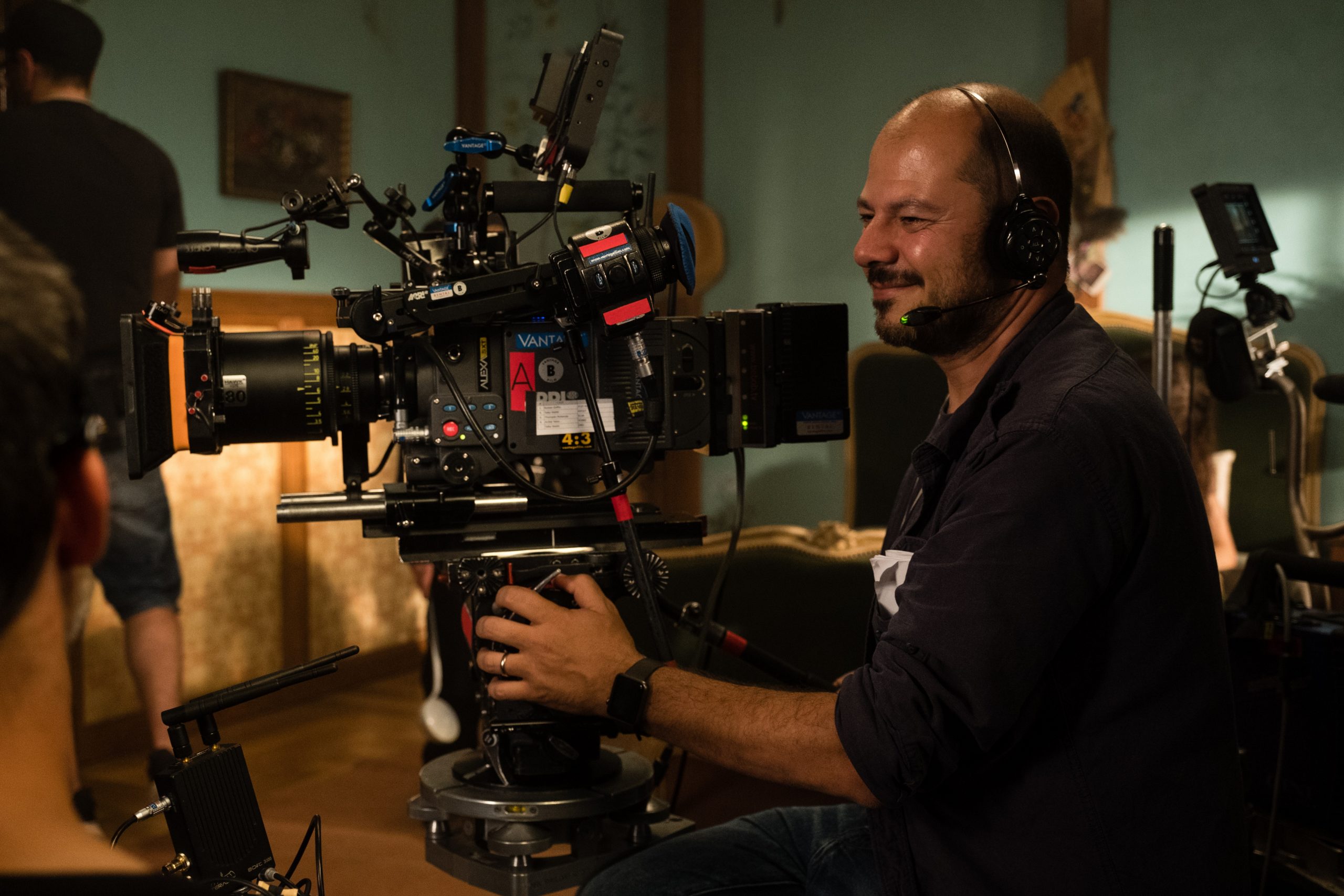
Jojo Rabbit cinematographer Mihai Malaimare Jr. spoke over the phone recently with Solzy at the Movies to discuss the Taika Waititi-directed film.
What was it that attracted you to work on Jojo Rabbit?
Mihai Malaimare Jr.: I guess knowing Taika’s work from before. Everything about it including what he can do with young actors. For me, Taika moved really fast. I received the script while I was doing reshoots in Atlanta for The Hate U Give. The day after, I had a Skype conversation with Taika to learn more about it. But knowing Taika’s work having a lot (inaudible) while reading the script so it wasn’t a big surprise.
What type of camera did you use for Jojo Rabbit?
Mihai Malaimare Jr.: We used the Alexa SXT+ combined with Hawk 1.3x anamorphic lens for a 1.85 aspect ratio.
Can you talk about the collaborative process with Taika Waititi?
Mihai Malaimare Jr.: Sure. It’s interesting because he was kind of everything I hoped for. He’s a very collaborative person. He enjoys every single part of the process. He enjoyed trap a lot where we kind of tested a lot of formats and kind of the basics of the visual stuff. We storyboarded only the war scenes mainly because there are so many moving parts that we had to account for. Everything else was an interesting process because we rehearsed, block, and then shot it. That gave the actors all the freedom they need. That’s how you get these amazing performances from such young actors. These two combined, I mean, it’s interesting—he really likes to be prepared but he likes to improvise a lot also as long as you’re ready for changing and being able to adapt to that. It can be an amazing collaboration.
Were there any films that you looked to as far as an influence on how to approach Jojo Rabbit in terms of lighting?
Mihai Malaimare Jr.: No, not much. It was more for the tone of the era. There was only one particular scene that we watched together. It was a scene in Cabaret when a young group of kids that sings “Tomorrow Belongs To Me.” We watched that particular scene just for the vibe of the era. Other than that, we relied pretty heavily on still photography. Part of that was just because we knew we wanted to introduce a lot of color and if you search for colors—even if you found one or two, it’s really interesting how much vibrancy and how much saturation you can find in all of them. Also, we looked at stills from the Magnum Photos agency. There are so many interesting ones with children during the war. They have black and white. There’s a certain feeling that you get from them. At first look, they seem like normal scenarios with kids at play. If you look more carefully, some of them are wearing gas masks. Some of them are playing by a pile of bombs so on.
What was the most challenging part of shooting the film?
Mihai Malaimare Jr.: I think there were a lot of challenges especially when you work with such young actors. Your schedule needs to adapt. I think just trying to be true to recreate that era and see that its working out but nothing out of the ordinary.
What do you usually look for when it comes to selecting a project?
Mihai Malaimare Jr.: I tend to like everything that is near to me and things that I haven’t done before. I’m really attracted to anything.
Is there a particular camera that you like to use?
Mihai Malaimare Jr.: No, I find that it’s really interesting. I like all of them. I truly believe that there is no such thing as a perfect camera. They have good parts and bad parts—all of them. I tend to test a lot and try to figure out what brings the best to each project.
When it comes to production, do you prefer shooting on film or digital?
Mihai Malaimare Jr.: I enjoy both because they’re so different. I’ve shot a lot on film but I do enjoy the variety of tools that you have when shooting digital.
As a cinematographer, how have your techniques changed over the years?
Mihai Malaimare Jr.: I think because we have way more tools than we used to have. There’s a beauty to that but there’s also a danger to that. I think probably 15-20 years ago, we tried to reinvent everything and tried to find really interesting tools. I feel that today, we have quite a lot of tools, which is great, but the bigger thing is to use too many of them at a time.

